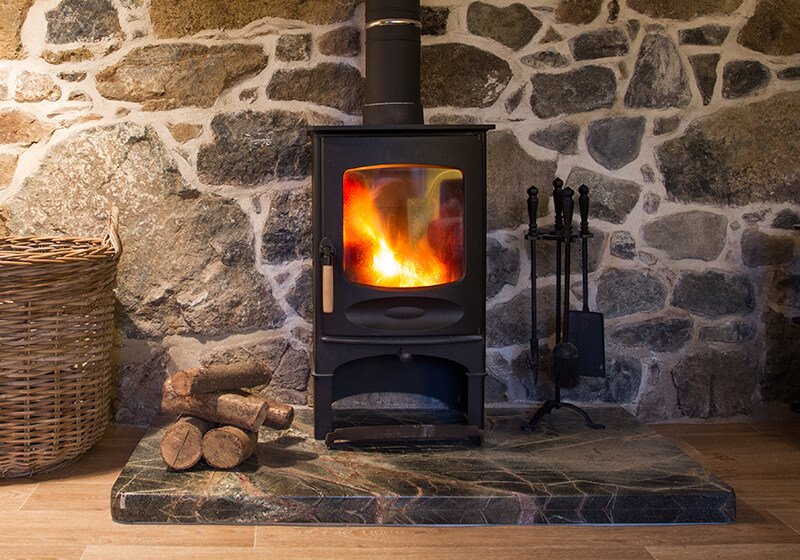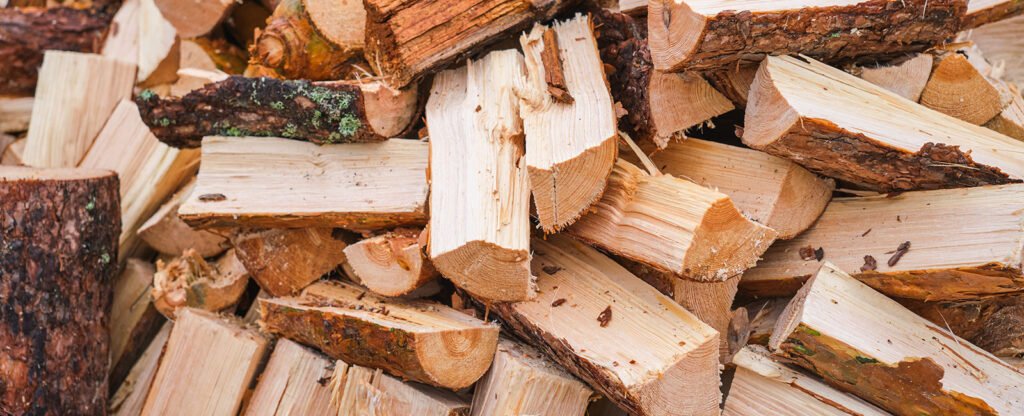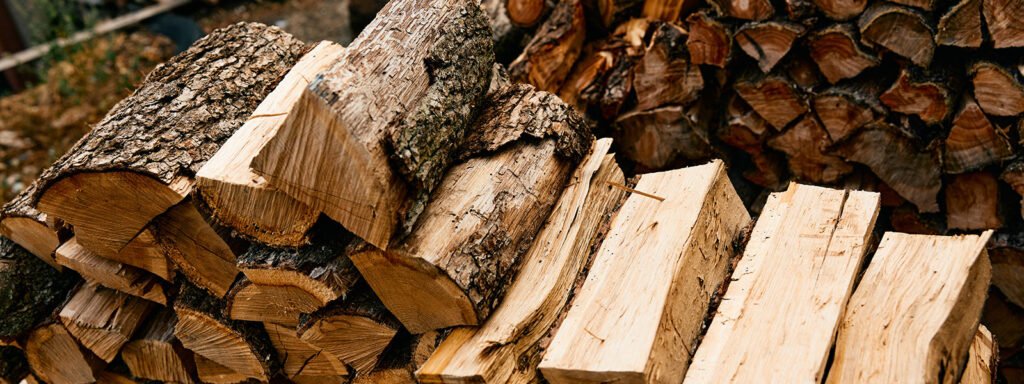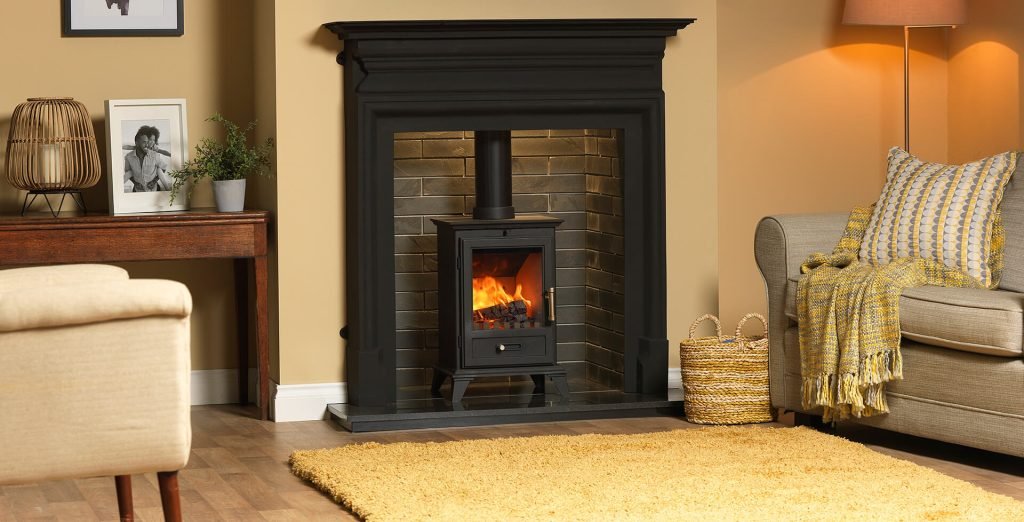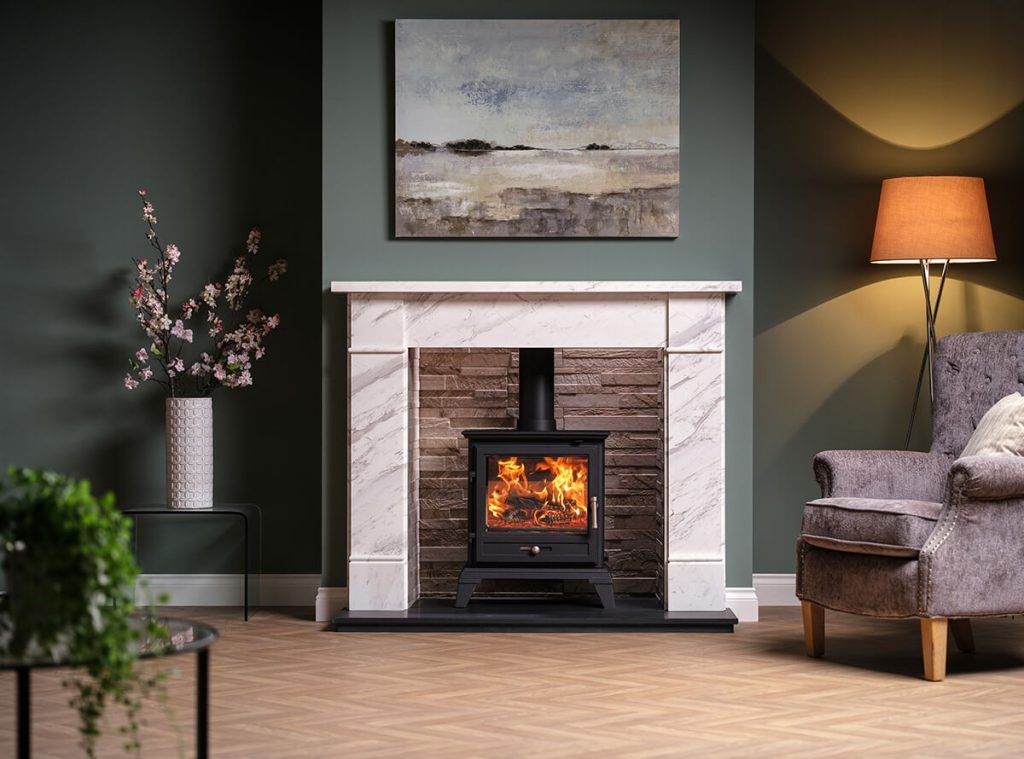Table of contents:
The Costs Involved With Wood Burning Stoves
Wood-burning stoves have long been cherished for their ability to create a warm and inviting atmosphere in homes. Beyond their aesthetic appeal, many homeowners consider them as potential cost-saving alternatives to traditional heating methods. But how cost-effective are they in reality? Let’s explore this question in detail.
Understanding the Costs Involved
Initial Investment
The upfront costs of installing a wood-burning stove can be substantial. Purchasing a quality stove may cost around £800, with installation expenses potentially adding another £1,000, especially if modifications like removing an old fireplace are necessary. For instance, a homeowner reported spending approximately £1,800 in total for a modern multi-fuel burner and its installation.
Ongoing Expenses
After installation, the primary recurring costs include purchasing fuel and maintaining the stove. The price of wood varies depending on factors such as type, quality, and region. On average, a household might spend around £7.50 per week on wood during the heating season, equating to approximately £195 over six months. Additionally, annual chimney sweeping is recommended, typically costing about £80, to ensure safe and efficient operation.
Comparing Heating Methods
When evaluating the cost-effectiveness of wood-burning stoves, it’s essential to compare them with other heating options:
Gas Central Heating
Generally considered efficient, with modern boilers achieving around 90% efficiency. However, fluctuating gas prices can impact overall costs.
Electric Heating
Offers near 100% efficiency at the point of use but can be more expensive due to higher electricity prices.
Wood-Burning Stoves
Modern designs can achieve efficiencies between 75% and 80%. When used alongside or as an alternative to central heating, they can potentially reduce energy bills, especially in areas with access to affordable, sustainable wood sources.
Real-World Experiences
Some homeowners have reported significant savings after installing wood-burning stoves. For example, a family in Hampshire noted a reduction of approximately £2,000 in their energy bills over a year by relying primarily on their log burner for heating. However, individual experiences can vary based on factors like home size, insulation quality, and local fuel costs.
Environmental and Health Considerations
While assessing cost-effectiveness, it’s also important to consider environmental and health impacts:
Air Quality: Wood burning can contribute to indoor and outdoor air pollution, emitting particulate matter that poses health risks. Modern, eco-friendly stoves and proper fuel usage can mitigate some of these effects.
Impact on Urban Health
Sustainability: Using sustainably sourced wood is crucial to ensure that the environmental impact remains minimal.
Expert Advice from Flue & Flame
At Flue & Flame, we understand that choosing the right heating solution is a significant decision. Here are some recommendations to maximize the cost-effectiveness of a wood-burning stove:
Select the Appropriate Stove: Ensure the stove’s size and output match your home’s heating needs. An oversized stove can lead to wasted fuel, while an undersized one may not provide sufficient warmth.
Invest in Quality Installation
Proper installation by certified professionals ensures safety and optimal performance.
Use High-Quality Fuel
Opt for seasoned or kiln-dried wood with low moisture content to achieve efficient burning and reduce emissions.
Regular Maintenance
Schedule annual inspections such as chimney sweeps and cleanings to maintain efficiency and prolong the stove’s lifespan.
Consider Hybrid Heating
Using a wood-burning stove in conjunction with other heating systems can provide flexibility and potential cost savings.
Conclusion
Wood-burning stoves can be a cost-effective heating solution for many UK homeowners, offering potential savings on energy bills and enhancing the home’s ambiance. However, it’s essential to weigh the initial investment, ongoing expenses, and environmental considerations. By making informed choices and following best practices, you can maximize the benefits of a wood-burning stove in your home

Build your perfect log burner installation quote here
